#indian flora
Text
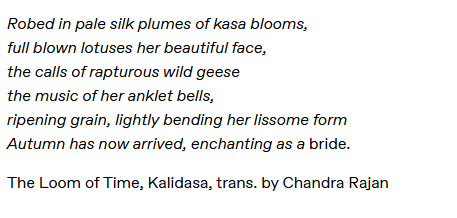

Notes on an Indian Autumn@wordpress.
149 notes
·
View notes
Text
The Language of Flowers
Ever since the Victorian era, the language of lovers has been hand-written letters, long sonnets, and of course fresh scented flowers. From spirituality to cultural festivals, flowers have been withholding a lot of hidden meanings and ideas behind the gifts. Mythologies, folklore, and plays of the Hindus, Greeks, Romans, Egyptians, and Chinese are peppered with flower and plant symbolism. It is now used to express deep emotional values from the giver to the receiver.
This botanical language of flowers can be traced as long back as the 17th century when they were like a silent dialogue between people. Small messages of agreement were shown by taking the bouquet from the right hand and rejecting the proposal with the left hand. This sweetly scented language of flowers is personalized yet universal. From freshly-picked red roses that denote love to orchids expressing thoughtfulness, from daisies showing innocence to a bunch of hydrangeas announcing the givers' gratitude for understanding them, these perfumed words have spoken nuances that words could never.
Birthdays, anniversaries, marriage ceremonies, and rituals are incomplete without these floral beauties. The color of the flowers and the number of flowers in the bouquet also assist in exclaiming what the person wants to tell. On one hand, the red carnation means deep love but the yellow carnation stands for disdain and rejection. This is the reason the art of flower giving is considered one of the most thoughtful acts because the giver contemplates the idea behind the gift and truly wants the receiver to know what they want to convey.
So the next time if you want to express how much you adore a person, gift them with sunflowers or white camellia and let them know how of a phool you are for them.
- Kanan
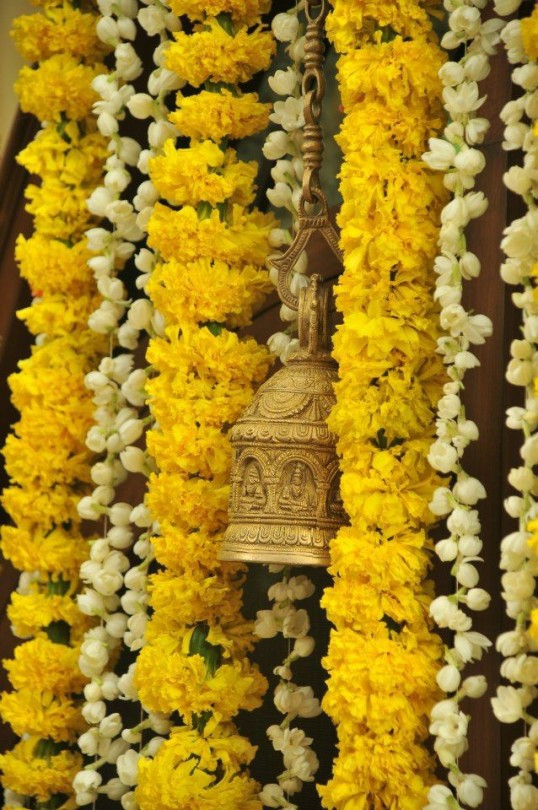
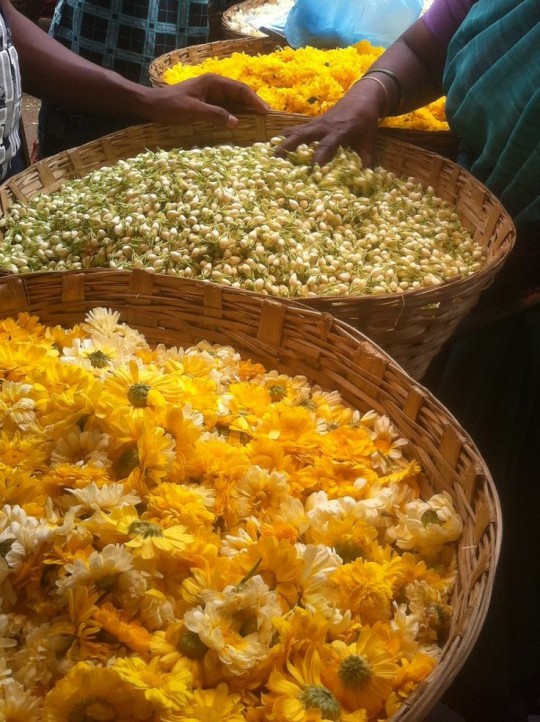

Pictures from Pinterest.
#indian dark academia#indian aesthetic#aesthetic#india#dark academia#indian culture#desi#desi dark academia#indian#indian flowers#flowers#language of flowers#flower#indian flora
31 notes
·
View notes
Text

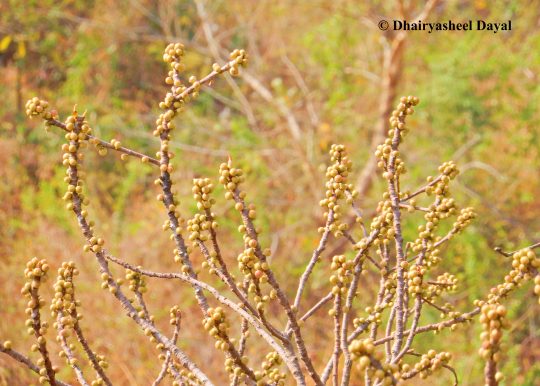
Ficus sp.
#ficus#fig#figs#flora#plants#trees#botany#flora of maharashtra#flora of india#indian flora#flora of western ghats#biodiversity of western ghats#photography#ficus species#fruits
1 note
·
View note
Text



horizon forbidden west | penttoh 2/?
#horizon forbidden west#hfw#penttoh#not only was this a great quest#but it had intense weather like the frozen wilds and i liked that :)#moar snow guerrilla#hfw npcs#sky clan tenakth#tenakth#hfw flora#blood crest flower#any botanists here? i tried to find this flower and the closest i came was the california indian pink (silene laciniata ssp. californica)#which does grow in yosemite but some pics show more ... uh ... serrated(?) petals than what we see in-game#also maybe it's smaller idk#i mean this could totally be made up but it also could be real#if you know drop a reply or something pls!
55 notes
·
View notes
Photo
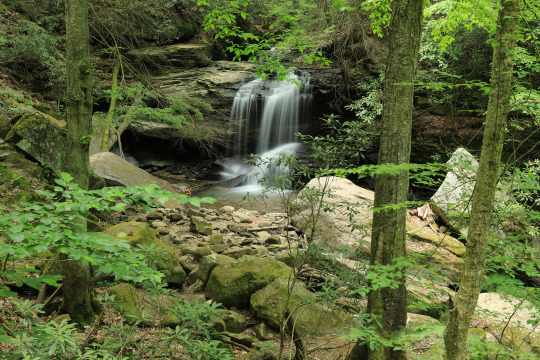

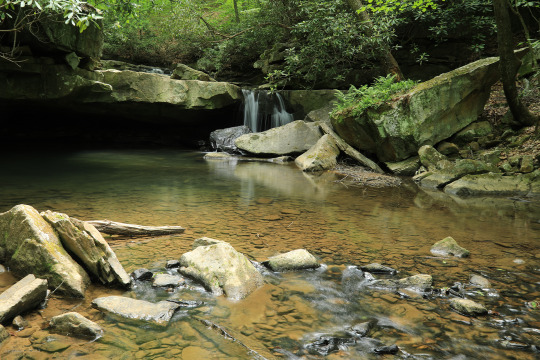





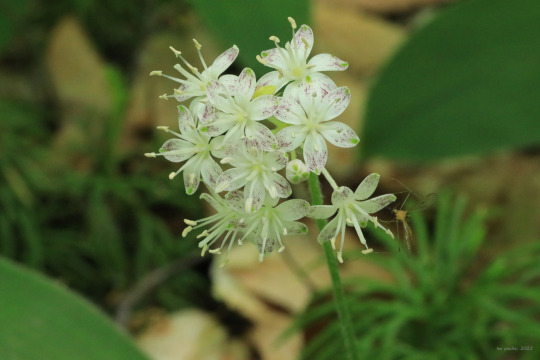

A magnet for adventure tourists and nature lovers, Ohiopyle State Park sprawls across twenty thousand square acres of steeply-sloped wild lands on the flanks of the Youghiogheny River Gorge in Pennsylvania’s Laurel Highlands. The Great Allegheny Passage bike trail runs through the heart of the park, which also anchors a thriving whitewater rafting industry. I fortunately live within a short drive of the park, so a day hike is always in the cards. Especially on a beautiful Memorial Day holiday.
From top: black raspberry (Rubus occidentalis), an aggressive colonizer with delicious fruit coveted by humans and animals alike; longstyle sweetroot (Osmorhiza longistylis), also known as anise root, because its roots have a licorice-like flavor; Indian cucumber (Medeola virginiana), easily identified by its two tiers of whorled leaves and odd, pendulous flowers; and speckled wood lily (Clintonia umbellulata), also known as white Clintonia or black-bead lily, a close relative of yellow Clintonia (Clintonia borealis), which tends to occur at higher elevations in Central Appalachia.
#appalachia#vandalia#pennsylvania#laurel highlands#allegheny mountains#youghiogheny river#ohiopyle state park#black raspberry#longstyle sweetroot#anise root#indian cucumber#indian cucumber-root#speckled wood lily#white clintonia#black-bead lily#may#spring#wildflowers#flora#jonathan run#eelah trail#jonathan run trail
318 notes
·
View notes
Text

European gooseberry or Ribes grossularia
European gooseberry, is a species of flowering shrub in the currant family, Grossulariaceae. It is native to Europe, the Caucasus and northern Africa. Gooseberry bushes produce an edible fruit and are grown on both a commercial and domestic basis.
Available now on Redbubble
#gooseberries#vintagrafica#redbubble#nature#educational#botany#botanical#cottagecore#biodiversity#indian gooseberry#mother gooseberry#floral#flora fauna#taxonomy
14 notes
·
View notes
Text

#flower#plantlife#photography#petals#indian blanket#greenery#flora#beauty#inspiration#outdoors#nature#garden#colorful#yellow#ipod photography#original#photo#azukilynn#photographers on tumblr#poets on tumblr
13 notes
·
View notes
Text

#manpreet singh flora#headcutoff101#headcutoff#sarkalam#sar kaat diya#boyfriend#sexy#indian#bodybuilder#model#gymlover#muscular#love#moustache#gay#penchood#harman cheema#pen de lol#kuta#gucci#guccibelt
3 notes
·
View notes
Photo

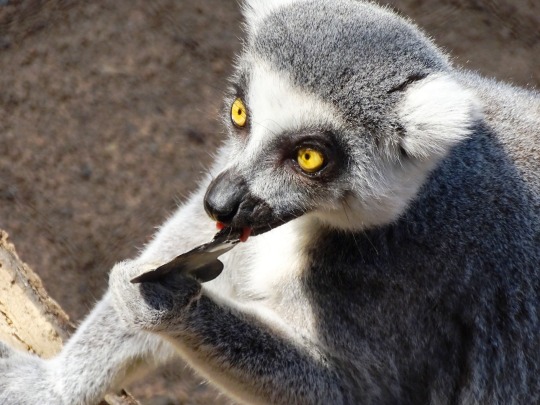


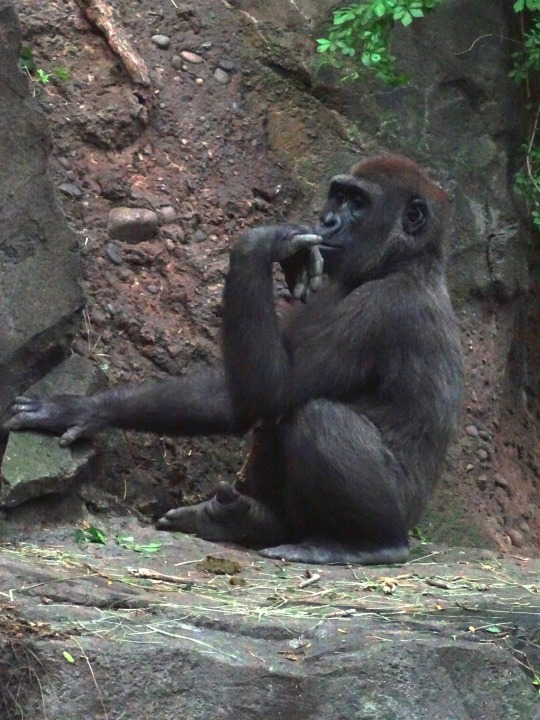





The United States Congress created Endangered Species Day in 2006 with the adoption of Senate Resolution 431. The resolution encouraged "the people of the United States to become educated about, and aware of, threats to species, success stories in species recovery, and the opportunity to promote species conservation worldwide." It also encouraged schools to spend at least 30 minutes teaching students about the day; encouraged groups such as businesses, organizations, private landowners and agencies to collaborate on educational information for the schools; and encouraged people of the United States "to observe the day with appropriate ceremonies and activities." In short, the day is for learning why it's important to protect endangered species, for learning how to take part in protection efforts, and for celebrating species that have recovered as a result of these efforts.
Each year, events are held on the day and throughout the month in places such as zoos, parks, aquariums, museums, wildlife refuges, schools, and botanical gardens. There are often speakers, tours, exhibits, and children's activities. Every year, there is also a National Endangered Species Day Youth Art Contest, where students in grades K-12 learn about endangered or threatened wildlife and support conservation with their art.
Conservation efforts have helped with the recovery of many species, such as the gray wolf, gray whale, grizzly bear, whooping crane, Kirtland's warbler, and peregrine falcon. Some animals, such as the gray wolf, bald eagle, and American alligator have recovered in large part because of the U.S. Endangered Species Act of 1973. In general, species are saved by the combination of research, coordination, intensive management of conservation efforts, increased public awareness, and education. Human awareness is important because many of the main drivers of extinction of species are caused by humans. Some of the leading causes of extinction are overhunting, overfishing, global warming, pollution, habitat fragmentation, and invasive species.
The IUCN Red List of Threatened Species does the most comprehensive worldwide accounting of threatened species, by listing plants, animals, fungi, and algae. Species can be listed between "near threatened" and "extinct," with "endangered" being in the middle. Over 27,000 plants and animals are listed as threatened with extinction, appearing somewhere on the scale. In the United States, the Endangered Species Act determines how threatened species are classified, and species are usually assessed by the U.S. Fish and Wildlife Service. About 700 animal species and 900 plant species are threatened or endangered in the country. Because of the many threats that species face, it is fitting there is an Endangered Species Day.
How to Observe Endangered Species Day
Today should be centered around learning about threats to species, becoming educated on how you can help to protect species and then working to help them, and celebrating species that have been recovered. There are many ways these things can be done, as well as other ways the day can be celebrated!
Learn about endangered species at the websites of the IUCN Red List of Threatened Species or the U.S. Fish and Wildlife Service.
Learn about some of the issues that species face that cause them to become endangered, such as overhunting, overfishing, global warming, pollution, habitat fragmentation, and invasive species.
Find an event to attend. Many often take place at zoos, parks, aquariums, museums, wildlife refuges, schools, and botanical gardens. Check in your community or online for events.
Host an event. Use the online toolkit to help you with your planning.
Donate to groups that support conservation efforts, such as the IUCN Red List of Threatened Species, the World Wildlife Fund, the Defenders of Wildlife, and the National Wildlife Federation.
Learn about some endangered species that have recovered.
If you are a teacher, implement information about endangered species into your lessons today. If you are a young person, participate in the National Endangered Species Day Youth Art Contest (the deadline to enter precedes the day). If you are a college student, read some online suggestions on how to celebrate the day.
Watch an environmental film, a documentary about endangered animals, or a film about endangered species from the Video Project.
Read a book about endangered species.
Source
#Great Panda#San Diego Zoo#Bronx Zoo#New York City#Ring-tailed lemur#Coquerel's sifaka#tiger#Western lowland gorilla#giraffe#Indian Gharial#Grevy’s Zebra#Asian elephant#Zoo Zürich#Switzerland#Zurich#travel#original photography#animal#flora#fauna#tourist attraction#landmark#Endangered Species Day#EndangeredSpeciesDay#hird Friday in May#USA#19 May 2023#indoors#outdoors
5 notes
·
View notes
Text
No more body of water drama all the bodies of water are perfect and we were fools to pit them against each other in the first place
#i was going to be mean to the pacific but i couldn't#the mediterranean is perfect and holds so much cool history and flora and fauna#the atlantic is also perfect and beautiful. in a different way. and i love her#as is the indian ocean and though it kills me to say it even the pacific#sorry for any psychic damage which may have previously been caused#perce rambles
1 note
·
View note
Quote
Wildlife officials said that despite an uptick in the number of exotic animals being brought into the country as pets, there was still no effective legislation to monitor the trade. In 1976, India adopted the Convention of International Trade in Endangered Species (CITIES), an agreement ratified by 183 countries, which protects and monitors the trade of endangered plants and animals. But the country has still not given the multilateral treaty any teeth - it can't be implemented under Indian law. Lawmakers are reviewing an amendment to India's Wildlife Protection Act which would bring exotic flora and fauna, and other species protected by CITES provisions under wildlife authorities.
Andrew Clarance, ‘Why are kangaroos being spotted in India?’, BBC
#BBC#Andrew Clarance#India#Wildlife officials#exotic animals#wildlife smuggling#wildlife trade#Convention of International Trade in Endangered Species#CITES#trade of endangered plants and animals#Indian law#1972 Wildlife Protection Act#exotic flora and fauna#wildlife authorities
3 notes
·
View notes
Text
Genocide experts warn that India is about to genocide the Shompen people
Who are the Shompen?
The Shompen are an indigenous culture that lives in the Great Nicobar Island, which is nowadays owned by India. The Shompen and their ancestors are believed to have been living in this island for around 10,000 years. Like other tribes in the nearby islands, the Shompen are isolated from the rest of the world, as they chose to be left alone, with the exception of a few members who occasionally take part in exchanges with foreigners and go on quarantine before returning to their tribe. There are between 100 and 400 Shompen people, who are hunter-gatherers and nomadic agricultors and rely on their island's rainforest for survival.

Why is there risk of genocide?
India has announced a huge construction mega-project that will completely change the Great Nicobar Island to turn it into "the Hong Kong of India".
Nowadays, the island has 8,500 inhabitants, and over 95% of its surface is made up of national parks, protected forests and tribal reserve areas. Much of the island is covered by the Great Nicobar Biosphere Reserve, described by UNESCO as covering “unique and threatened tropical evergreen forest ecosystems. It is home to very rich ecosystems, including 650 species of angiosperms, ferns, gymnosperms, and bryophytes, among others. In terms of fauna, there are over 1800 species, some of which are endemic to this area. It has one of the best-preserved tropical rain forests in the world.”
The Indian project aims to destroy this natural environment to create an international shipping terminal with the capacity to handle 14.2 million TEUs (unit of cargo capacity), an international airport that will handle a peak hour traffic of 4,000 passengers and that will be used as a joint civilian-military airport under the control of the Indian Navy, a gas and solar power plant, a military base, an industrial park, and townships aimed at bringing in tourism, including commercial, industrial and residential zones as well as other tourism-related activities.
This project means the destruction of the island's pristine rainforests, as it involves cutting down over 852,000 trees and endangers the local fauna such as leatherback turtles, saltwater crocodiles, Nicobar crab-eating macaque and migratory birds. The erosion resulting from deforestation will be huge in this highly-seismic area. Experts also warn about the effects that this project will have on local flora and fauna as a result of pollution from the terminal project, coastal surface runoff, ballasts from ships, physical collisions with ships, coastal construction, oil spills, etc.
The indigenous people are not only affected because their environment and food source will be destroyed. On top of this, the demographic change will be a catastrophe for them. After the creation of this project, the Great Nicobar Island -which now has 8,500 inhabitants- will receive a population of 650,000 settlers. Remember that the Shompen and Nicobarese people who live on this island are isolated, which means they do not have an immune system that can resist outsider illnesses. Academics believe they could die of disease if they come in contact with outsiders (think of the arrival of Europeans to the Americas after Christopher Columbus and the way that common European illnesses were lethal for indigenous Americans with no immunization against them).
And on top of all of this, the project might destroy the environment and the indigenous people just to turn out to be useless and sooner or later be abandoned. The naturalist Uday Mondal explains that “after all the destruction, the financial viability of the project remains questionable as all the construction material will have to be shipped to this remote island and it will have to compete with already well-established ports.” However, this project is important to India because they want to use the island as a military and commercial post to stop China's expansion in the region, since the Nicobar islands are located on one of the world's busiest sea routes.
Last year, 70 former government officials and ambassadors wrote to the Indian president saying the project would “virtually destroy the unique ecology of this island and the habitat of vulnerable tribal groups”. India's response has been to say that the indigenous tribes will be relocated "if needed", but that doesn't solve the problem. As a spokesperson for human rights group Survival International said: “The Shompen are nomadic and have clearly defined territories. Four of their semi-permanent settlements are set to be directly devastated by the project, along with their southern hunting and foraging territories. The Shompen will undoubtedly try to move away from the area destroyed, but there will be little space for them to go. To avoid a genocide, this deadly mega-project must be scrapped.”
On 7 February 2024, 39 scholars from 13 countries published an open letter to the Indian president warning that “If the project goes ahead, even in a limited form, we believe it will be a death sentence for the Shompen, tantamount to the international crime of genocide.”
How to help
The NGO Survival International has launched this campaign:
From this site, you just need to add your name and email and you will send an email to India's Tribal Affairs Minister and to the companies currently vying to build the first stage of the project.
Share it with your friends and acquittances and on social media.
Sources:
India’s plan for untouched Nicobar isles will be ‘death sentence’ for isolated tribe, 7 Feb 2024. The Guardian.
‘It will destroy them’: Indian mega-development could cause ‘genocide’ and ‘ecocide’, says charity, 8 Feb 2024. Geographical.
Genocide experts call on India's government to scrap the Great Nicobar mega-project, Feb 2024. Survival International.
The container terminal that could sink the Great Nicobar Island, 20 July 2022. Mongabay.
[Maps] Environmental path cleared for Great Nicobar mega project, 10 Oct 2022. Mongabay.
#shompen#genocide#stop genocide#india#indigenous#indigenous peoples#indigenous rights#human rights#anthropology#stateless nations#end occupation#andaman and nicobar islands#nicobar islands#great nicobar#💬#asia#geopolitics#ecocide#sustainability
17K notes
·
View notes
Text

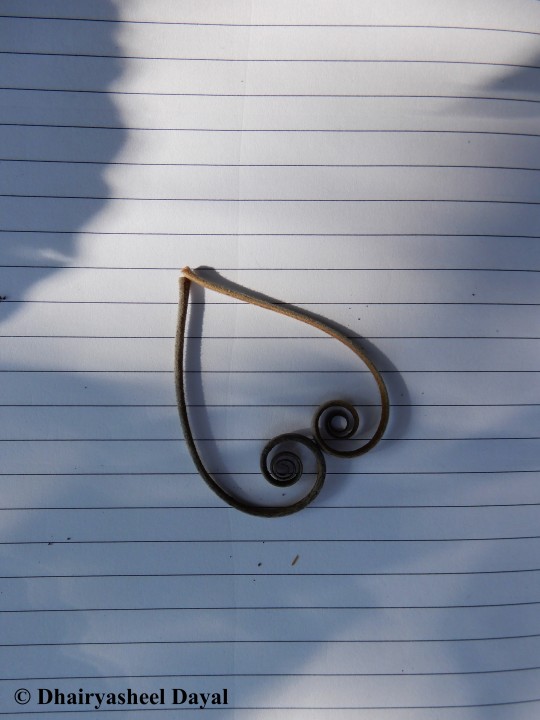
Patterns; Design from Indian Flora
#design#patterns#pattern#nature patterns#nature design#floral#flora design#botany#nature#indian flora#art#art from nature
0 notes
Text

Kalmegh has played a significant role as an Ayurvedic herb since ancient periods and has been utilized as a famous tribal medicine in India and many other nations. It has also been employed for several clinical applications.
Click below for more
https://www.indianetzone.com/69/kalmegh_tree.htm
0 notes
Photo
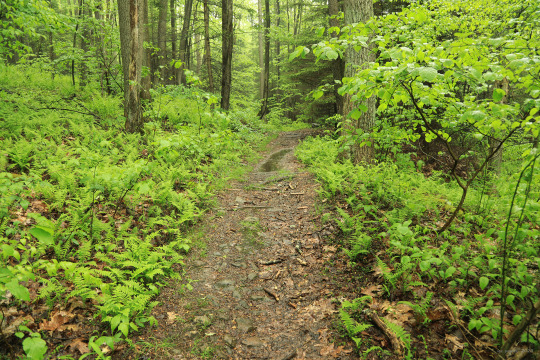
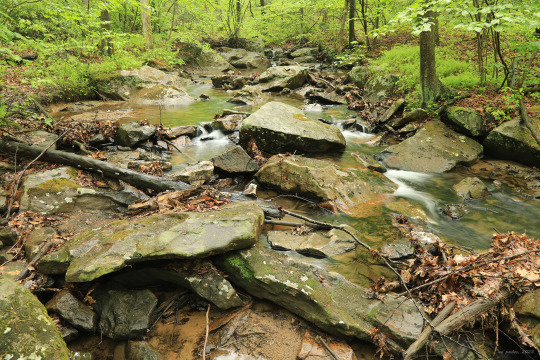




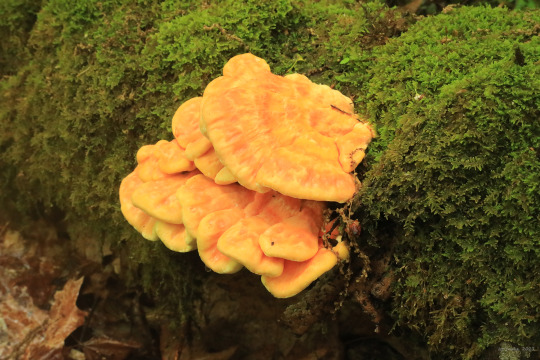


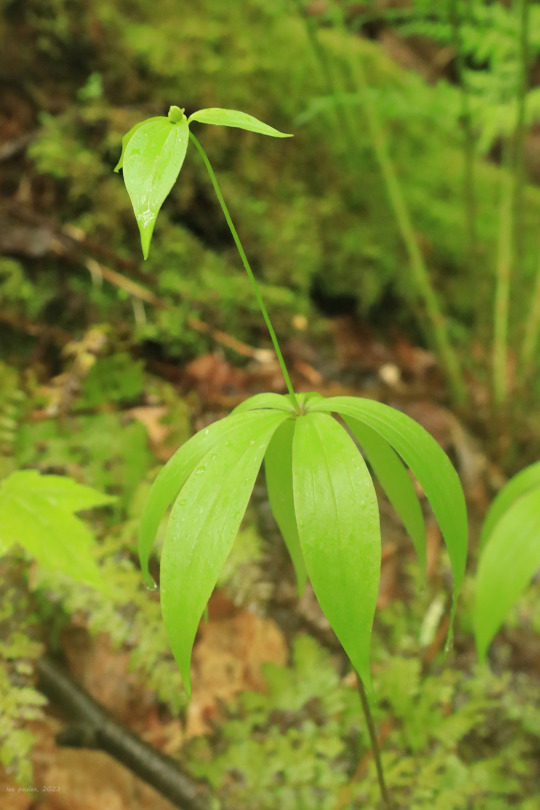
More rain in NC-WV today. As compensation, I was mesmerized by the intense green inferno of an Appalachian forest after a steady downpour. Photos from Scott Run Trail in Coopers Rock State Forest.
From top: Wild sarsaparilla (Aralia nudicaulis), whose roots were once used as a substitute for true sarsaparilla in root beer; deerberry (Vaccinium stamineum); sulphur shelf fungus (Laetiporus sulphureus); Jack-in-the-pulpit (Arisaema triphyllum) twins; a red eft, the juvenile stage of the eastern newt (Notophthalmus viridescens); and Indian cucumber (Medeola virginiana).
#appalachia#vandalia#west virginia#may#spring#wildflowers#flora#amphibian#red eft#eastern newt#wild sarsaparilla#false sarsaparilla#deerberry#sulphur shelf fungus#jack-in-the-pulpit#indian cucumber#indian cucumber-root
182 notes
·
View notes
